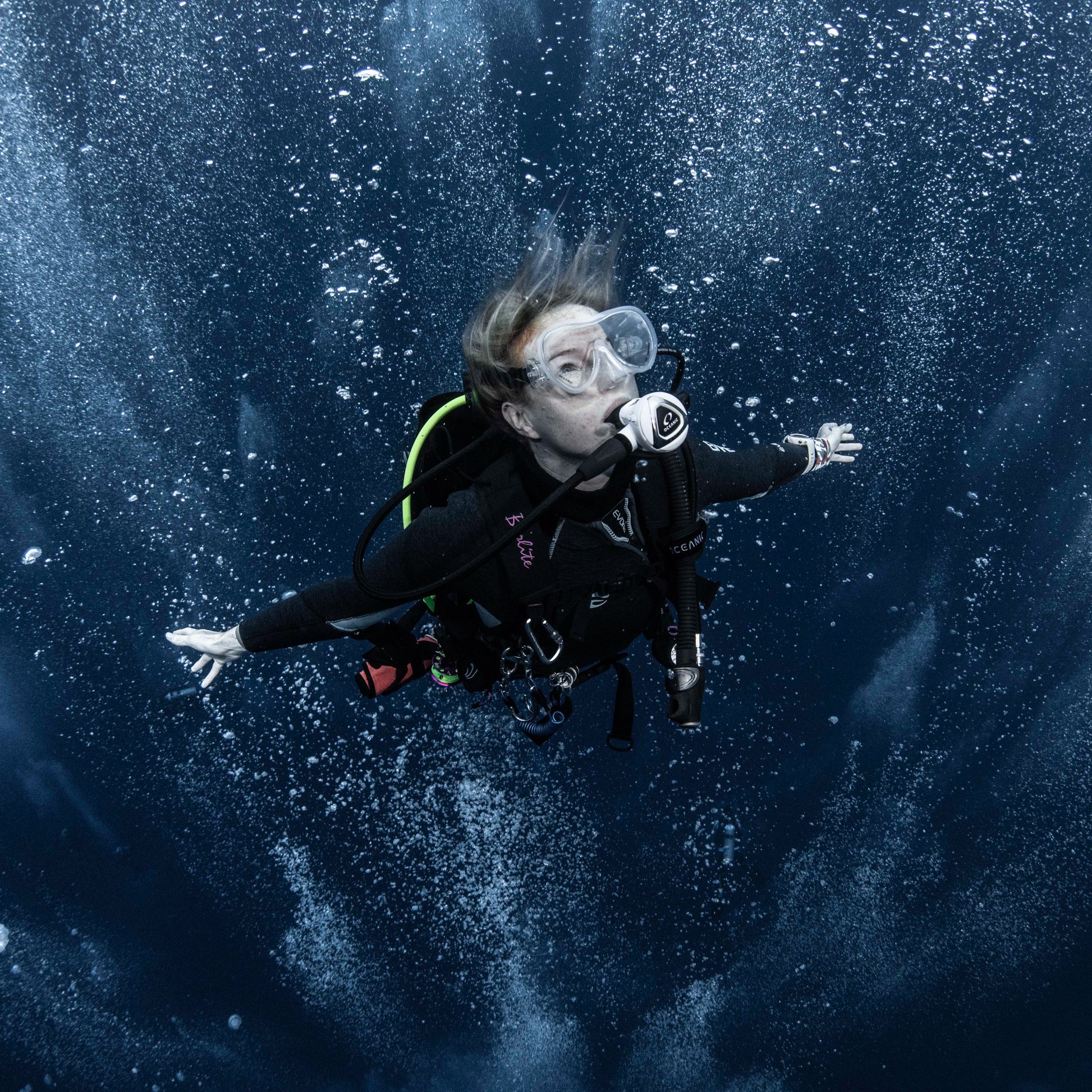People starting their adventure with diving will not begin the practical part of the course until they are well acquainted with the equipment used underwater. The device that allows a scuba diver to breathe air from a cylinder is the regulator. In today's post, we will explain how it is built and how it works. We invite you to read on!
Construction of a breathing regulator
The task of a diving regulator is to reduce the pressure of the air in the cylinder so that the diver can breathe it. Modern diving regulators are devices that do this in two stages: first, they reduce the air pressure from the cylinder to about 10 atmospheres, and then to the ambient pressure.
The first element of the regulator is the so-called first stage (screwed onto the cylinder), which reduces the air pressure to the aforementioned 10 atmospheres. Devices from different manufacturers may differ in their construction (piston or diaphragm), the arrangement of ports and their type (DIN or INT), whether the valves are balanced or unbalanced, etc.
The so-called second stage of the regulator is located directly at the diver's mouth and is responsible for reducing the pressure from 10 atmospheres to that of the surrounding environment. The second stage is equipped with a bypass, which opens the airflow when the diver is not inhaling but, for example, wants to clear the regulator of water. The second stage is built so that the exhaled air, in the form of bubbles, does not restrict the diver's visibility.
Other elements of a diving regulator
For a regulator to be suitable for diving, it must be equipped with a few more elements. These include
another second stage (the so-called octopus), which works exactly like the main air "feeder" but is usually yellow and serves as an alternative, emergency source. The first stage of the
diving regulator is also connected to a
pressure gauge, which informs the diver how much breathing gas is left in the cylinder. Sometimes the pressure gauge is in one housing with a depth gauge (the so-called console). Another element of the regulator
are the hoses that allow the connection of a BCD or a dry suit.









